8 times physics blew our minds in 2022
Nuclear fusion, lab-simulated wormholes, and ramming distant asteroids, here are the biggest and best physics stories of the year.
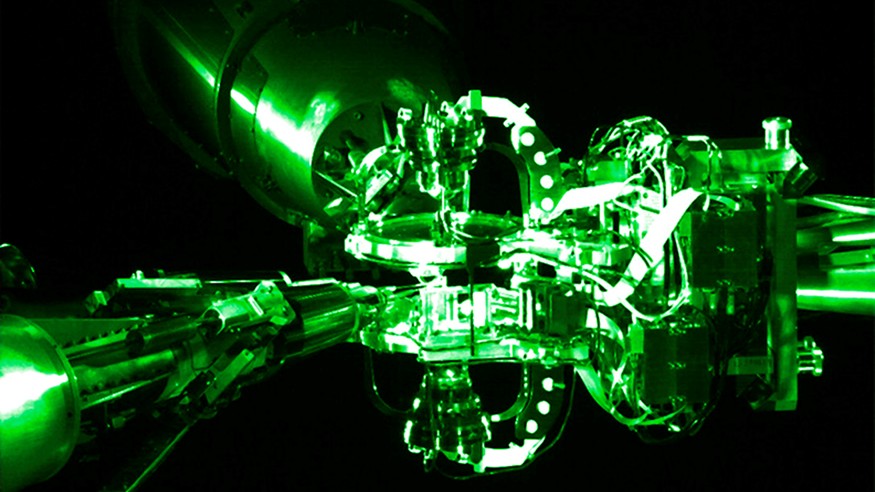
The first demonstration of nuclear fusion; the deepest image of the universe ever captured; intentional asteroid diversions and the discovery that our best model of reality could, in fact, be broken. Whether it was playing with the bizarre world of the microscopic or looking out to the infinite reaches of space, 2022 has been an absolutely packed year for groundbreaking physics. Here's 8 times physics blew our minds in 2022.
1. Nuclear fusion reaches ignition
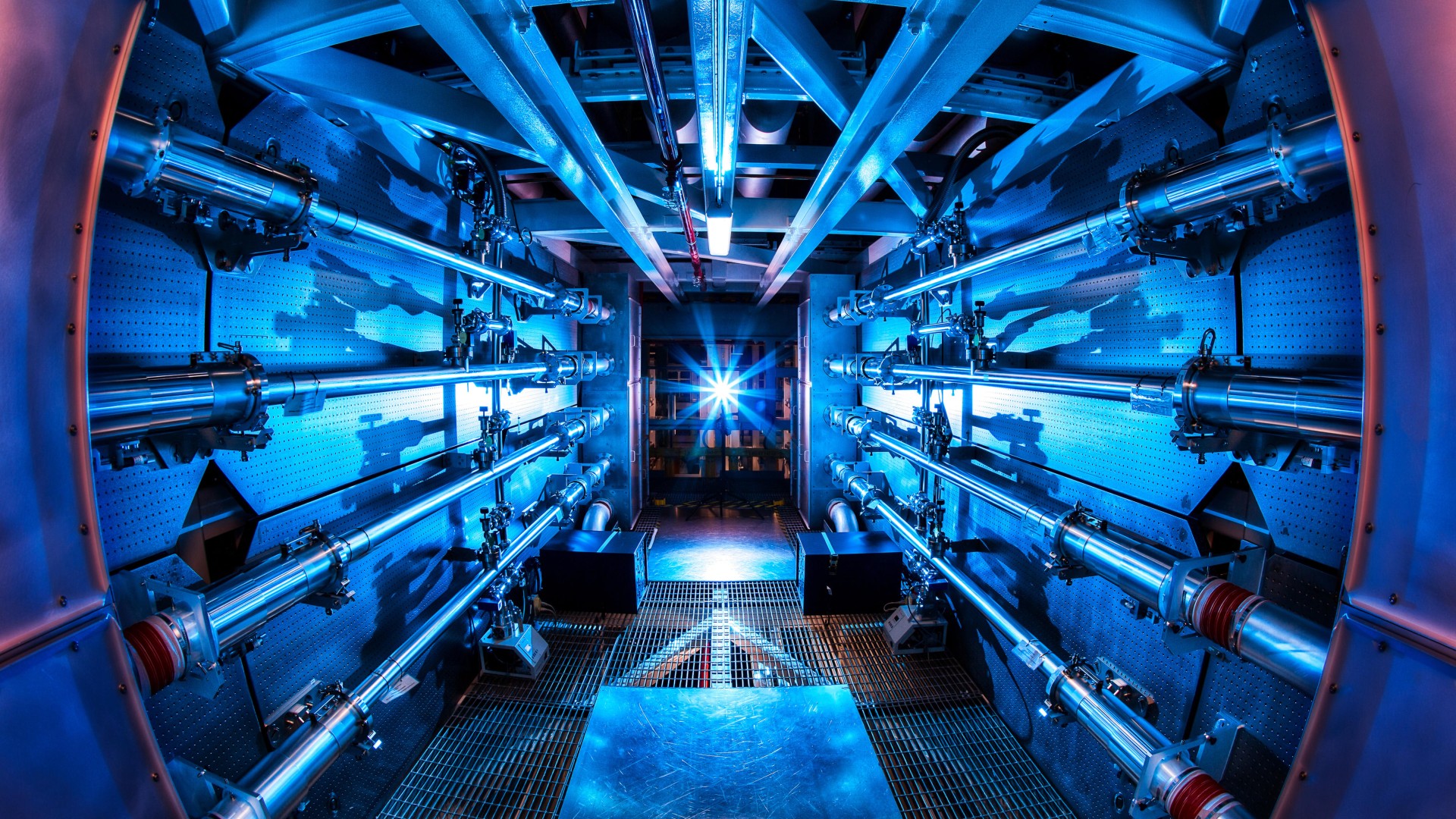
In December, scientists at the U.S. government-funded National Ignition Facility (NIF) at Lawrence Livermore National Laboratory in California used the world's most powerful laser to achieve something physicists have been dreaming about for nearly a century — the ignition of a pellet of fuel by nuclear fusion.
The demonstration marks the very first time that the energy going out of the plasma in the nuclear reactor's fiery core exceeded the energy beamed in by the laser, and has been a rallying call for fusion scientists that the distant goal of near-limitless and clean power is, in fact, achievable.
Scientists have still cautioned, however, that the energy from the plasma only exceeds that from the lasers, and not from the reactor as whole. Additionally, the laser-confinement method used by the NIF reactor, built to test thermonuclear explosions for bomb development, will be difficult to scale up. We may still be decades away from commercialized fusion reactors, and they may not be here in time to offer a deus ex machina solution to the climate crisis, but that doesn't mean the news hasn't made the future shine a tiny bit brighter.
2. NASA deliberately crashes into an asteroid to divert it
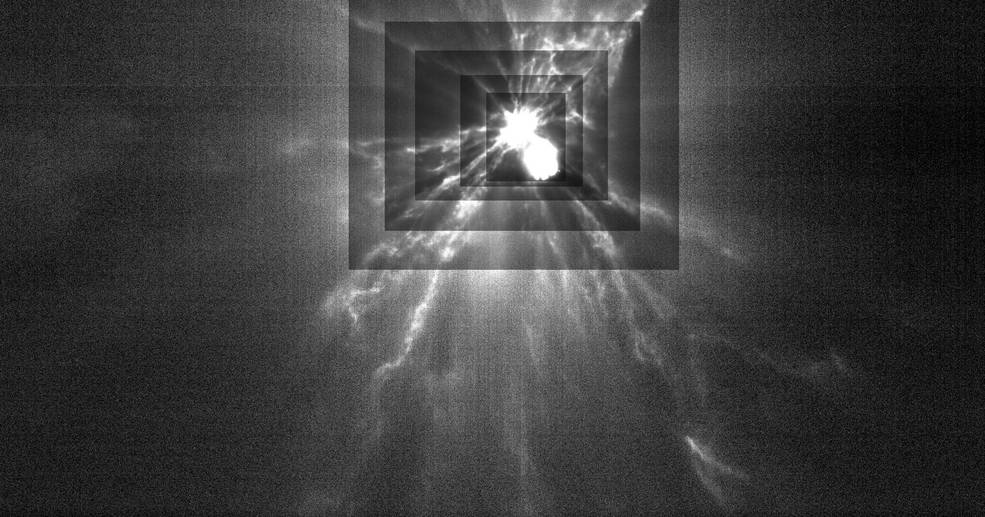
In September, NASA scientists hit an astronomical "bull's-eye" by intentionally steering the 1,210-pound (550 kilograms), $314 million Double Asteroid Redirection Test (DART) spacecraft into the asteroid Dimorphos just 56 feet (17 meters) from its exact center. The test was designed to see if a small spacecraft propelled along a planned trajectory could, given enough lead time, redirect an asteroid from a potentially catastrophic impact with Earth.
And it was a smashing success. The probe's original goal was to change the orbit of Dimorphos around its larger partner — the 1,280-foot-wide (390 m) asteroid Didymos — by at least 73 seconds, but the spacecraft actually changed Dimorphos' orbit by a stunning 32 minutes. NASA hailed the collision as a watershed moment for planetary defense, marking the first time that humans have proven capable of averting an extraterrestrial armageddon, and without any assistance from Bruce Willis.
It may not be the only time a test like this is performed: China says that in 2026, it will slam 23 of its 992-ton (900 metric tons) Long March 5 rockets into the asteroid Bennu in another attempt to redirect a space rock. And this time, Bennu could actually actually be a threat to Earth — having been estimated to have a 1-in-1,750 chance of smashing into us over the next 300 years.
Sign up for the Live Science daily newsletter now
Get the world’s most fascinating discoveries delivered straight to your inbox.
3. A warp drive experiment to turn atoms invisible could add credibility to a famous Stephen Hawking prediction
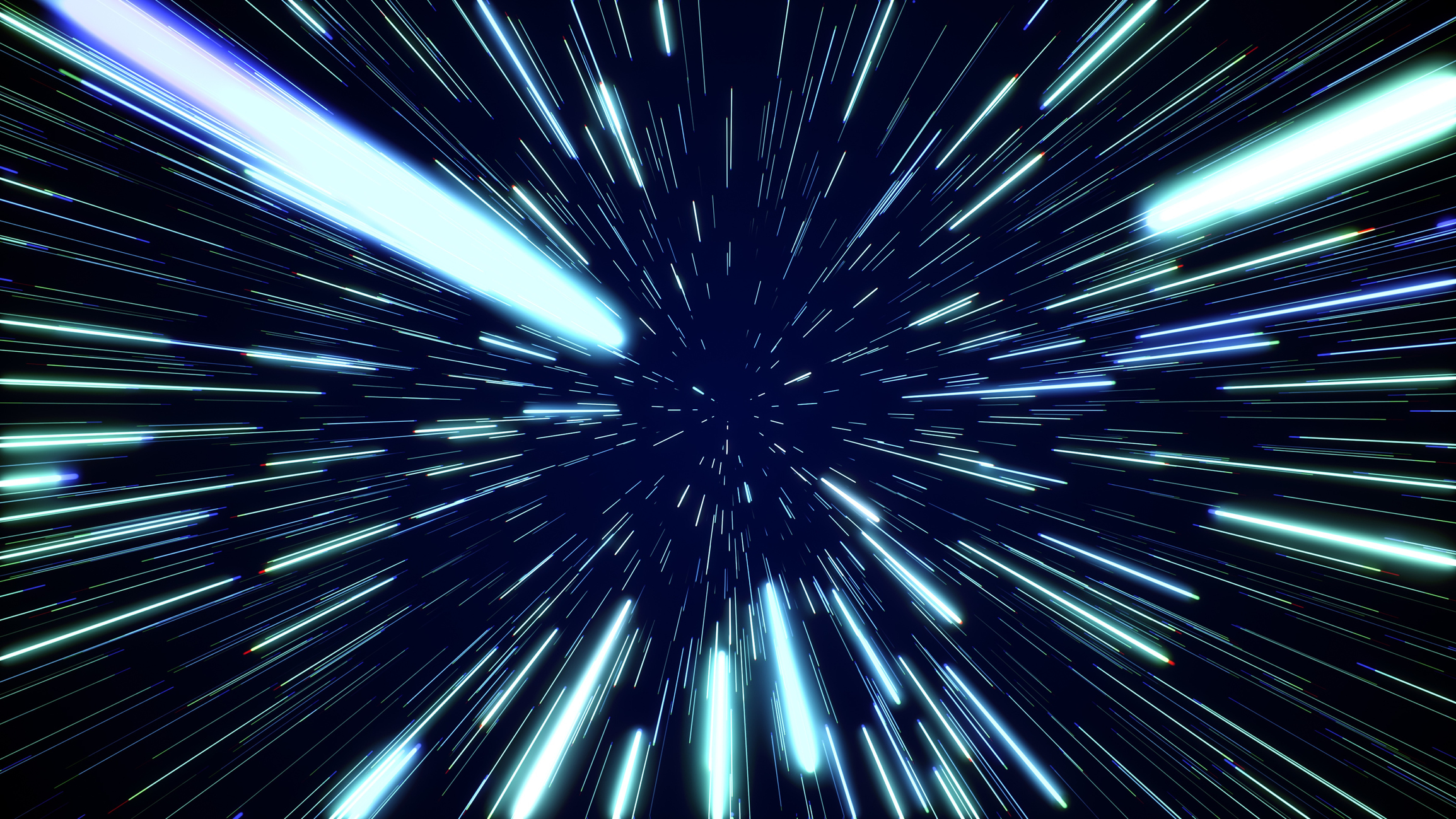
Physicists proposed a brand-new tabletop experiment to accelerate an electron to light-speeds, turn it invisible and bathe it in microwave photons, or packets of light.
Their goal was to discover the Unruh effect, a hypothetical but yet-to-be-seen phenomena that says a particle traveling at the speed of light should give enough energy to the surrounding vacuum to create a stream of virtual particles, bathing it in an ethereal quantum glow. As the effect is closely related to the Hawking effect — in which virtual particles known as Hawking radiation spontaneously pop up at the edges of black holes — and both effects are tied to the elusive theory of quantum gravity, scientists have long been eager to spot one as a hint of the other's existence.
But glimpsing the effect needs enormous accelerations, far beyond the power of any existing particle accelerator. So physicists proposed an ingenious workaround with a technique called acceleration-induced transparency to stimulate the effect. By bathing the vacuum surrounding an electron with a powerful microwave beam while simultaneously making the electron itself invisible so the light doesn't interfere with it; they should thus be able to tease the faint glow into existence, the study found.
4. Scientists send information through the first simulation of a holographic wormhole

In another example of masterful quantum tinkering, physicists used Google's Sycamore 2 quantum computer to simulate the first-ever holographic wormhole and transport information through it. The "baby" rift through space-time was not created with gravity, but through quantum entanglement — linking two or more particles such that measuring one instantaneously affects the others — and was made in part to test a theory that the universe is a hologram upon whose lower dimensional surface quantum effects and gravity merge to become one.
Heady stuff, but the experiment itself was done using just nine quantum bits, or qubits, on the Sycamore 2 chip. By entangling two qubits on either side of the chip, the scientists were able to beam information intact from one side to the other as if they were two black holes connected by a wormhole. The researchers are unsure whether they might have simulated the black holes closely enough for them to be considered strange variants of the real thing, and have ultimately dubbed their quantum computer rifts "emergent" black holes. Their experiment's success has created a brand new system that could be used to test where quantum mechanics and gravity intersect, and figure out if we're all just holograms after all.
5. The deepest and most detailed photo of the universe to ever be captured
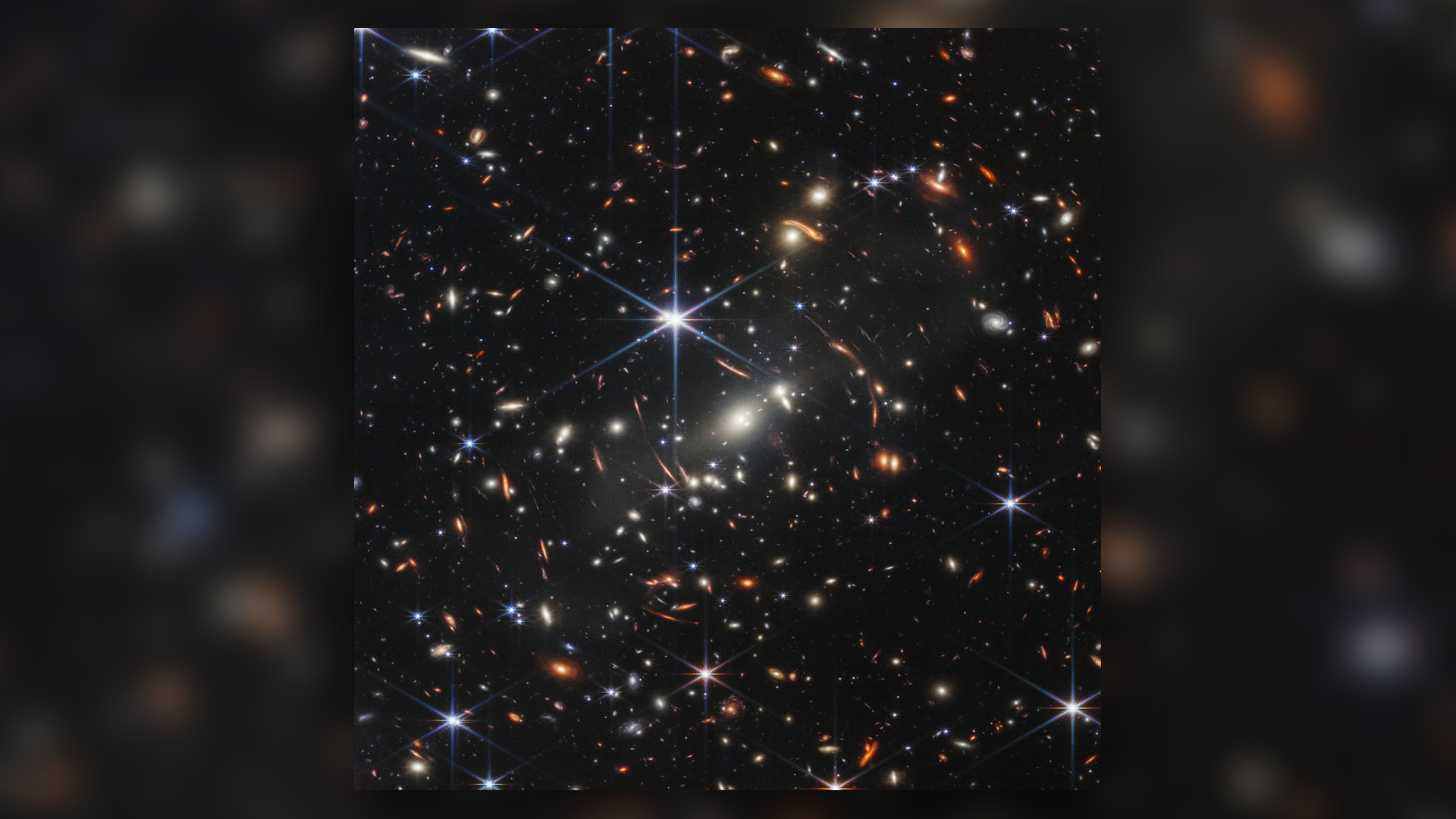
NASA finally brought the James Webb Space Telescope online, unveiling its first full-color image as the deepest and most detailed picture of the universe to ever be captured. Called "Webb's First Deep Field," the image looks to be so far away that the light it captures comes from when our universe was just a few hundred million years old, right when galaxies started forming and light from the first stars began to flicker.
The image contains an overwhelmingly dense collection of galaxies, the light from which, on its way to us, was warped by the gravitational pull of a galaxy cluster in a process known as gravitational lensing; bringing even the fainter light into focus. But despite the dizzying number of galaxies in view, the image represents just a tiny sliver of sky — the speck of sky blocked out by a grain of sand held on the tip of a finger at arm's length.
6. A primordial particle from the dawn of time springs from a plasma soup
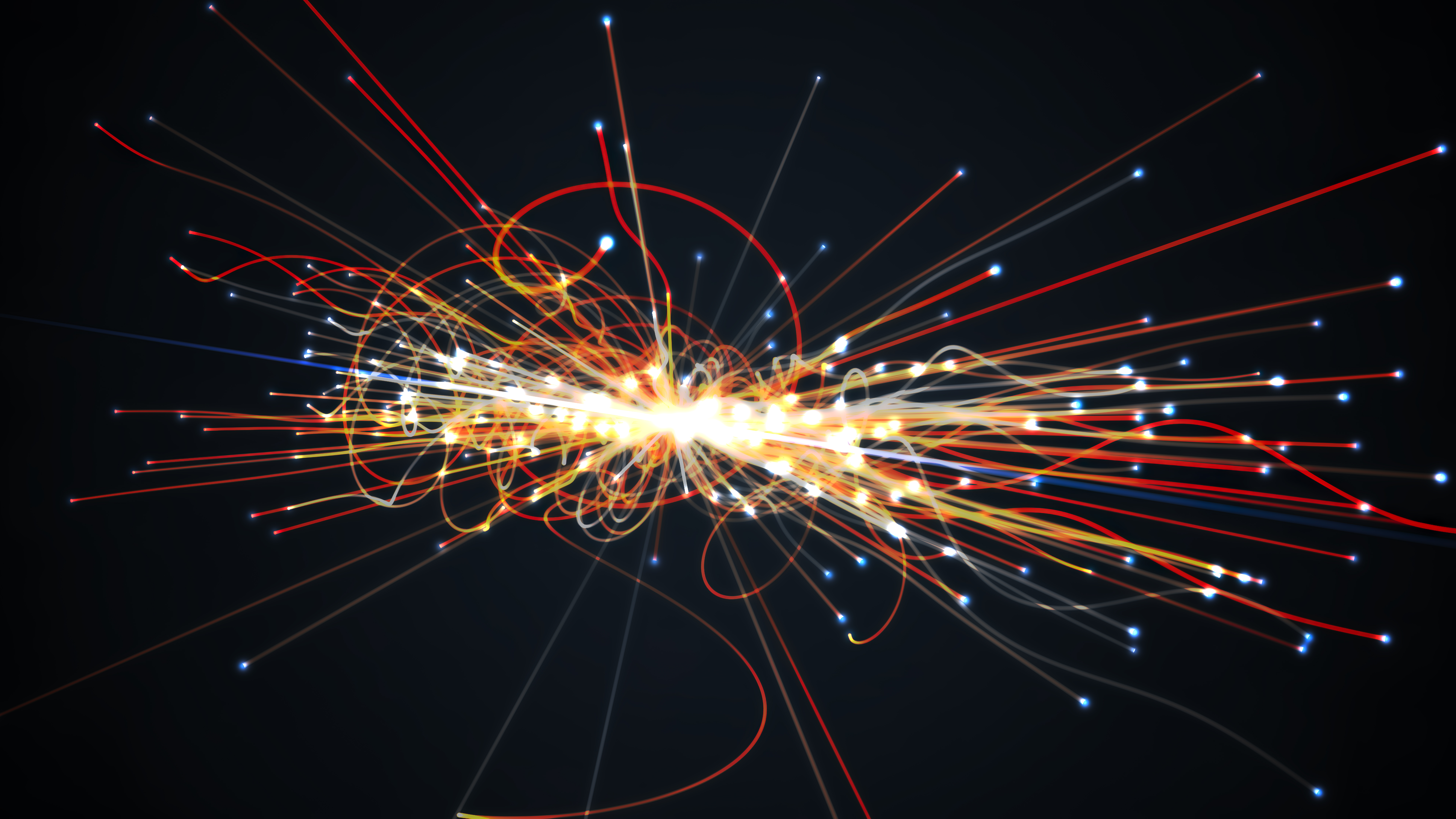
There's more than one way to look back in time. In January, physicists at the Large Hadron Collider, the world's largest atom smasher, recreated the universe one hundred billionth of a second after the Big Bang by smashing together lead ions to make a quark gluon plasma — a roiling broth of elementary particles that contains the building blocks of the universe's matter. From this plasma soup, amid trillions of other particles, emerged the X particle.
Named because of its unknown structure, the X particle has remained elusive because it is very short-lived, decaying almost instantaneously into more stable particles. The physicists sifted through billions of interactions to find this unique decay structure, teasing out around 100 particles from the enormous dataset.
Now that the physicists have found its signature, they want to figure out its structure. Protons and neutrons are made up of three closely bound quarks, but researchers think the X particle will look altogether different, containing four quarks bound together in a way they have yet to figure out. They will need to order some more plasma soup.
7. Astronomers identify a thermonuclear explosion so big that they have to give it a new category
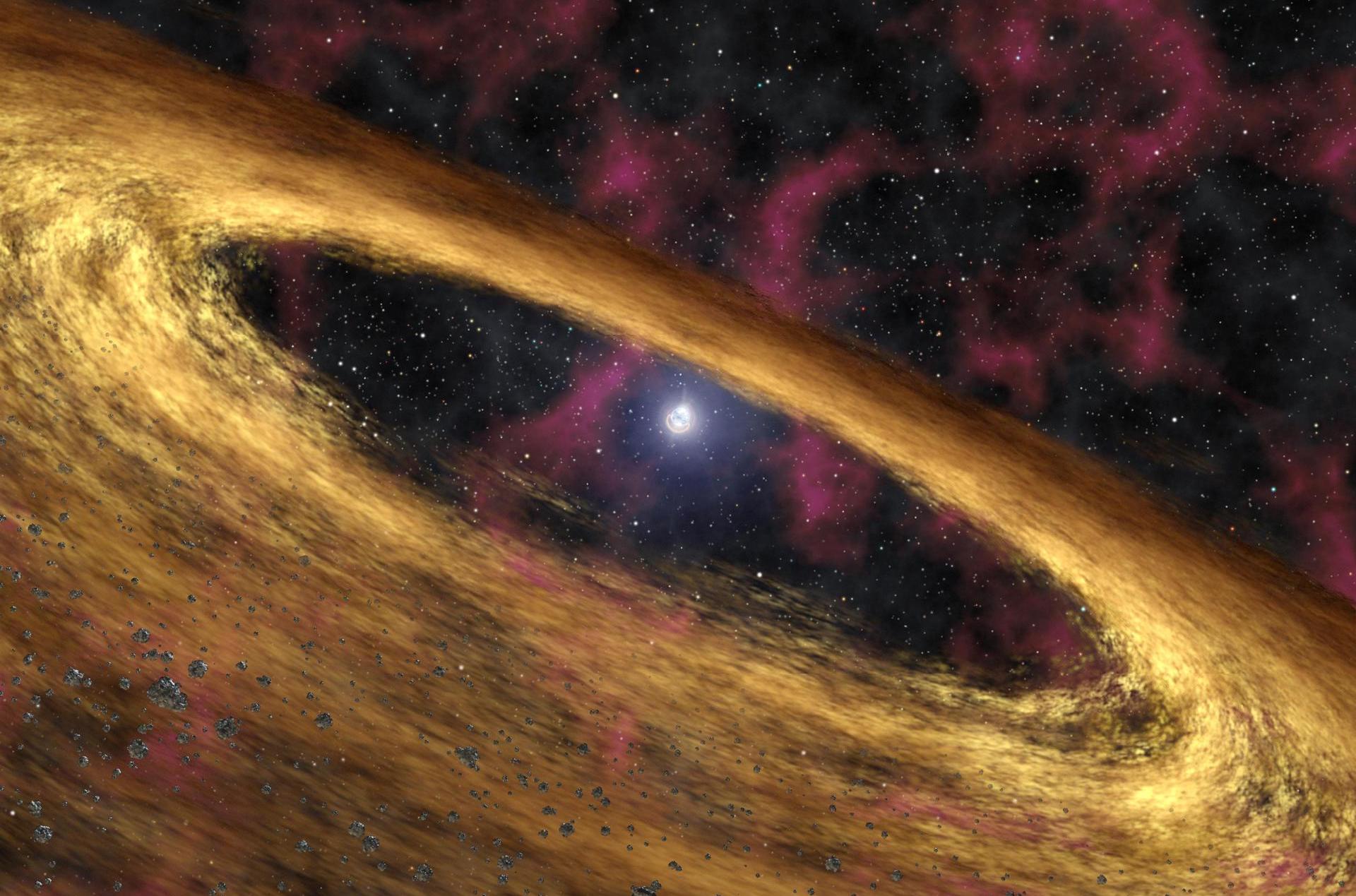
The Big Bang wasn't the only big bang under investigation this year. In 2011, astronomers saw a dead star on the edge of the Milky Way explode in such an extravagantly violent fashion that, in this year, they proposed an entirely new category of thermonuclear explosion for it.
Dubbed a hyperburst, the colossal detonation likely resulted from a dead star's core — known as a neutron star — tearing away globs of gas from a companion star, only for the gas to explode on impact once it touched the neutron star's surface. These explosions made the star surface so hot and pressurized that even heavy elements such as oxygen and neon began to fuse in its core, sparking a runaway chain reaction. The result? The single most powerful explosion ever detected in a neutron star, which released more energy in three minutes than the sun does in 800 years.
The conditions for hyperbursts are incredibly rare, so astronomers doubt they will catch another glimpse of one in their lifetimes, but that won't stop them studying the system it came from for more clues on how the bang got so big.
8. Particle physicists try to break physics again

A year in physics wouldn't be complete without at least one attempt to break our current best model of reality. An atom smasher at Fermilab in Illinois measured the mass of the W boson, a fundamental particle and force carrier for the weak nuclear force, as being heavier than predicted by the Standard Model, the reigning description of the zoo of subatomic particles. The estimate — so precise that physicists compared it to finding the weight of an 800-pound (363 kg) gorilla to the nearest 1.5 ounce (42.5 grams) — will be scrutinized and the results recreated thoroughly before full confirmation. But if it holds up, it could crack open the Standard Model to reveal new physics. Whatever happens, we'll be sure to watch the basic laws of the universe for any sudden changes in 2023.

Ben Turner is a U.K. based staff writer at Live Science. He covers physics and astronomy, among other topics like tech and climate change. He graduated from University College London with a degree in particle physics before training as a journalist. When he's not writing, Ben enjoys reading literature, playing the guitar and embarrassing himself with chess.









